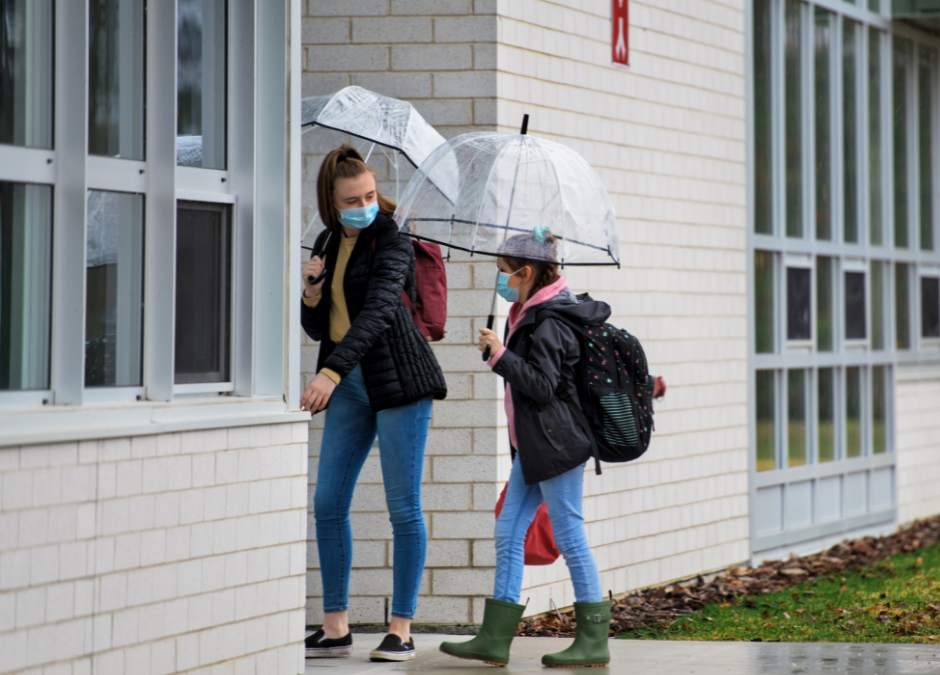With support from the Morgan Stanley Alliance for Children’s Mental Health, the team at the Child Mind Institute joined forces with the National Institute of Mental Health and New York State’s Nathan Kline Institute to create the Coronavirus Health and Impact Survey, or CRISIS.
In April 2020, the survey was sent to 5,646 adult participants from the United Kingdom and the United States, mostly in areas that had been significantly impacted by COVID-19, like New York City, Manchester, London, and parts of California. About half of the respondents from each country answered on behalf of themselves, while the other half filled out the survey on behalf of their children, who ranged in age from 5 to 17.
The conclusion for this report has been summarised below but you can also download the full report by clicking here.
The biggest takeaway remains that while it’s clear that some people are suffering, the impacts are different depending upon a variety of individual, familial and societal factors.
Different subgroups are suffering in different ways and to varying degrees, and many of the aspects of the pandemic that affect them the most have exacerbated individual, familial or social factors that predated the pandemic.
Broadly speaking, women, racial and ethnic minorities, essential workers and their families, and those dealing with economic instability are experiencing more symptoms of stress, anxiety and depression across age groups. Many questions remain about how young people and their families will weather the continuing storm, particularly as the situation is always changing. What is clear is that while mental health resources and support can make a significant difference, unequal impacts will remain as long as economic and racial inequality persists.
At the same time, the available data also indicate that children and young adults are more resilient than we sometimes assume. Although it’s crucial to devote resources to meeting their mental health needs, we should take heart from the fact that even the teens who said they were struggling right now felt positive about the future. This speaks volumes about innate human resilience, particularly that of young people, and it’s a hopeful sign that many children and teenagers will emerge from the pandemic without lasting harm.

